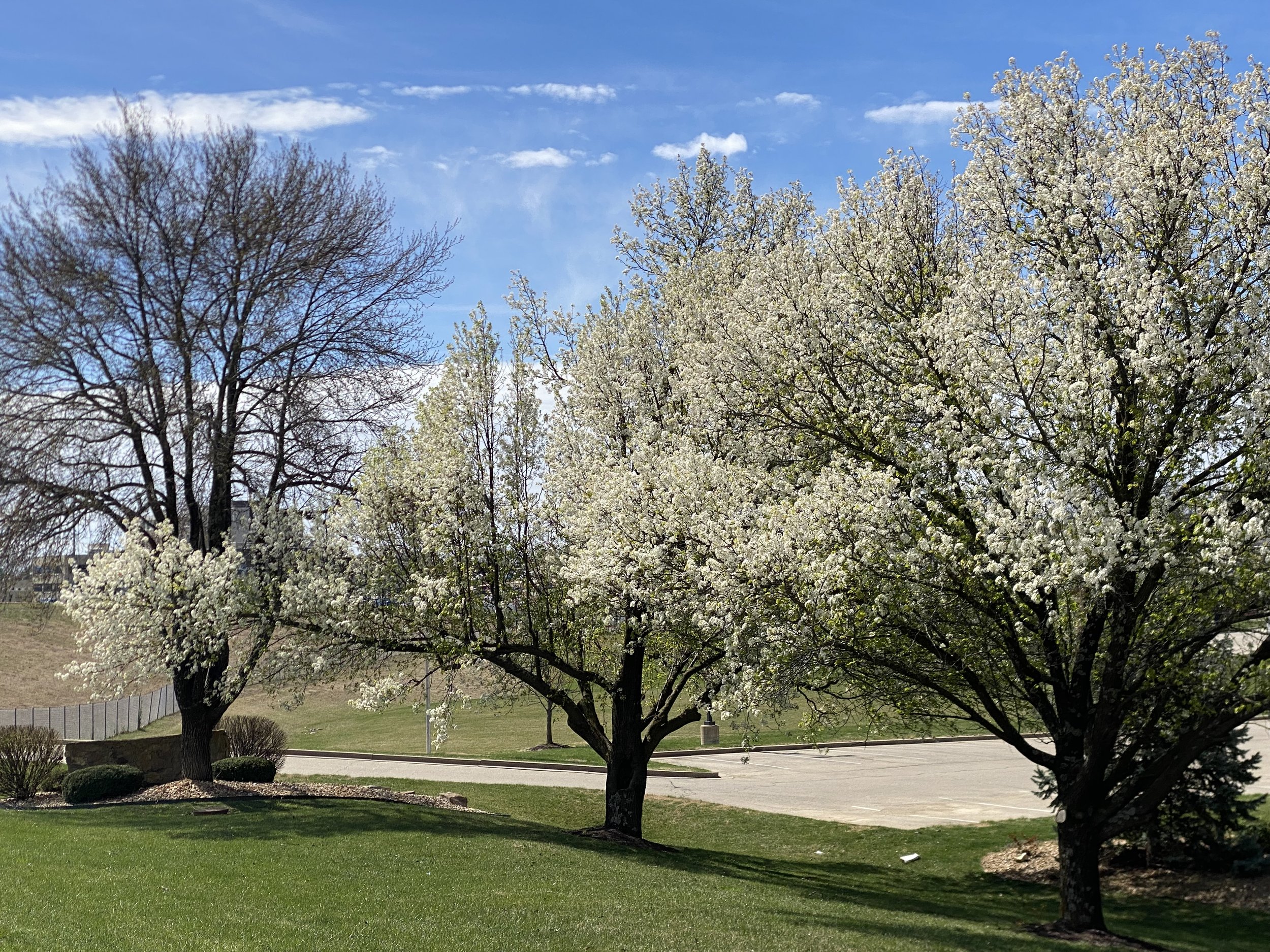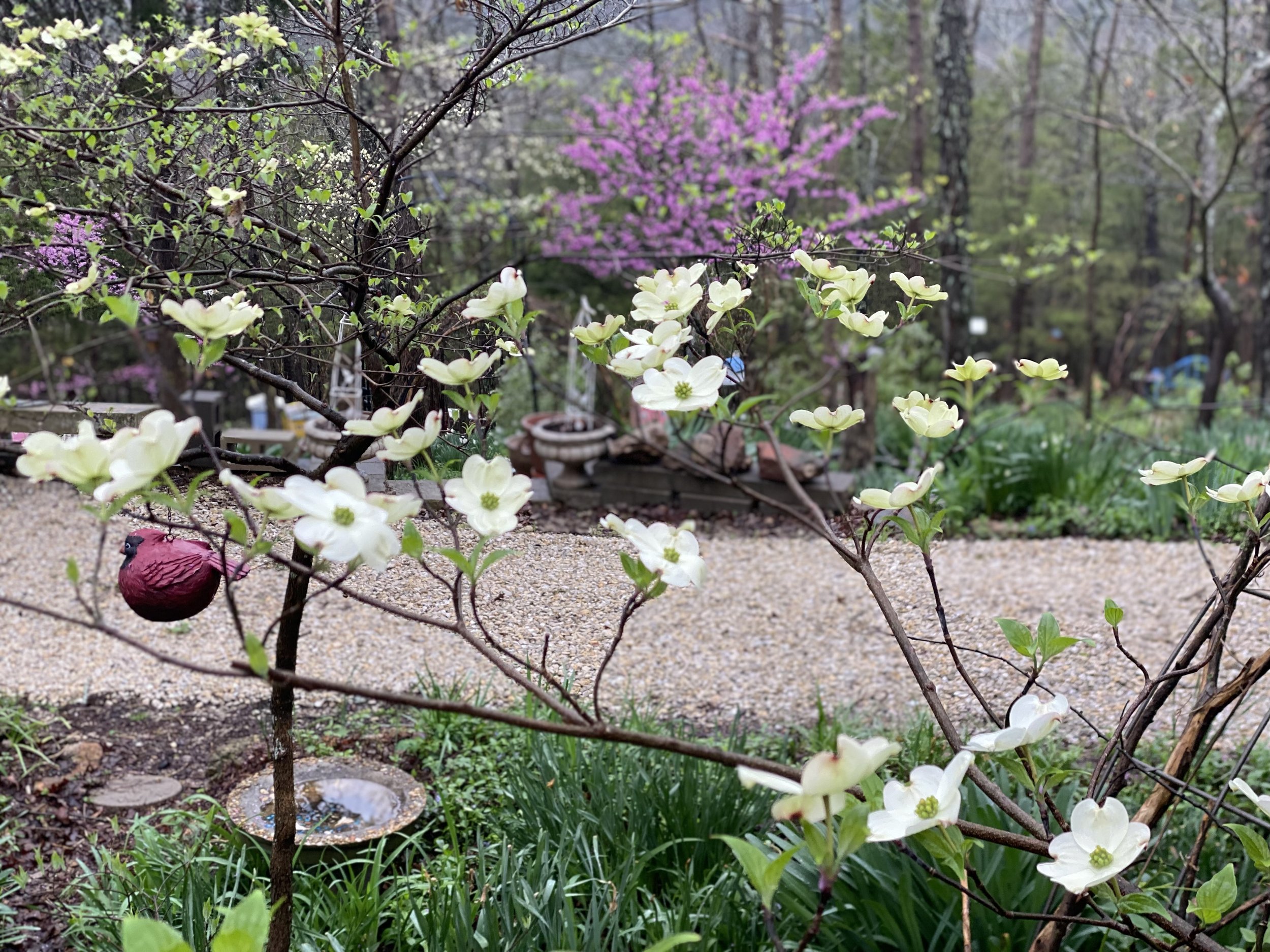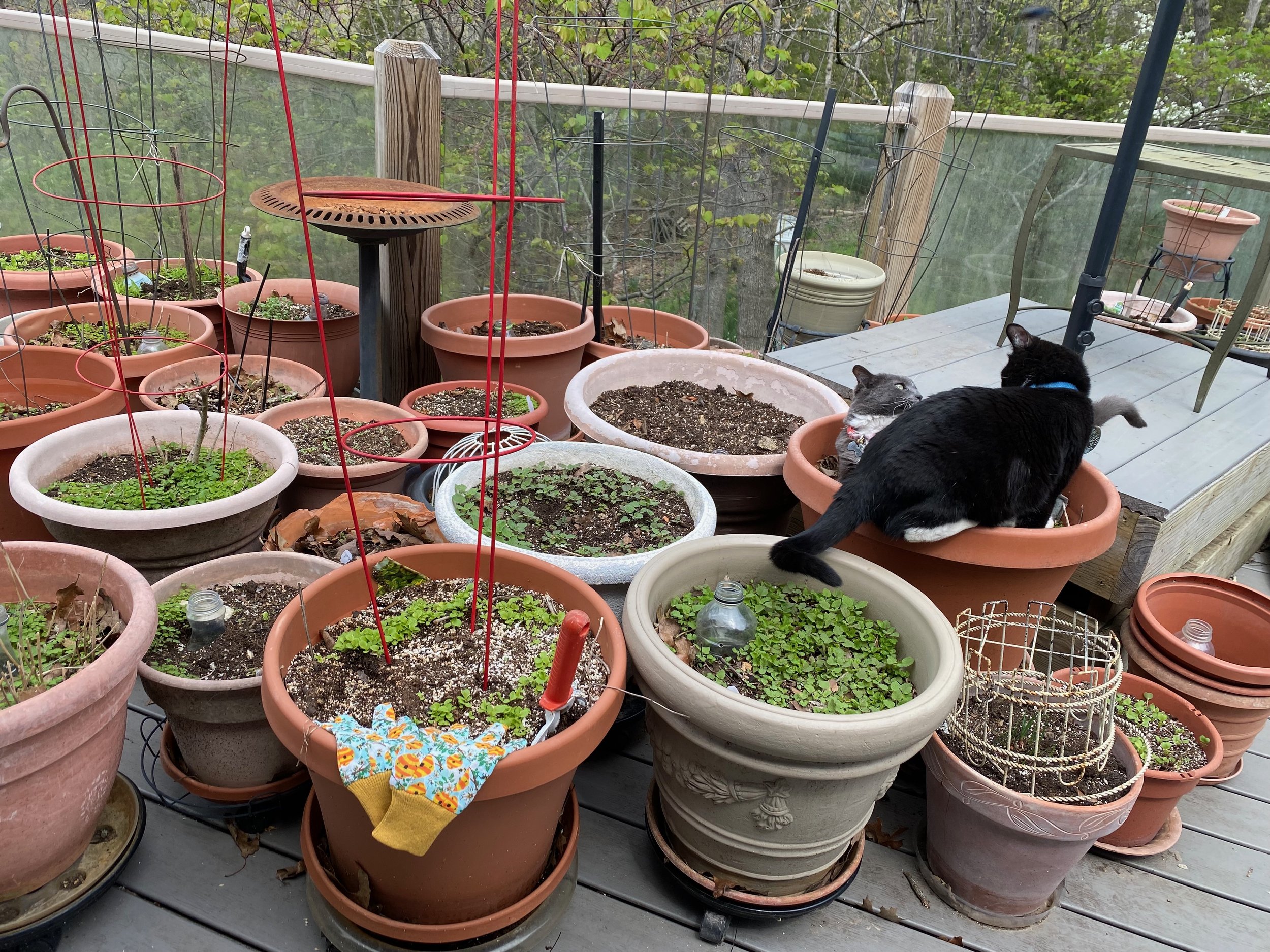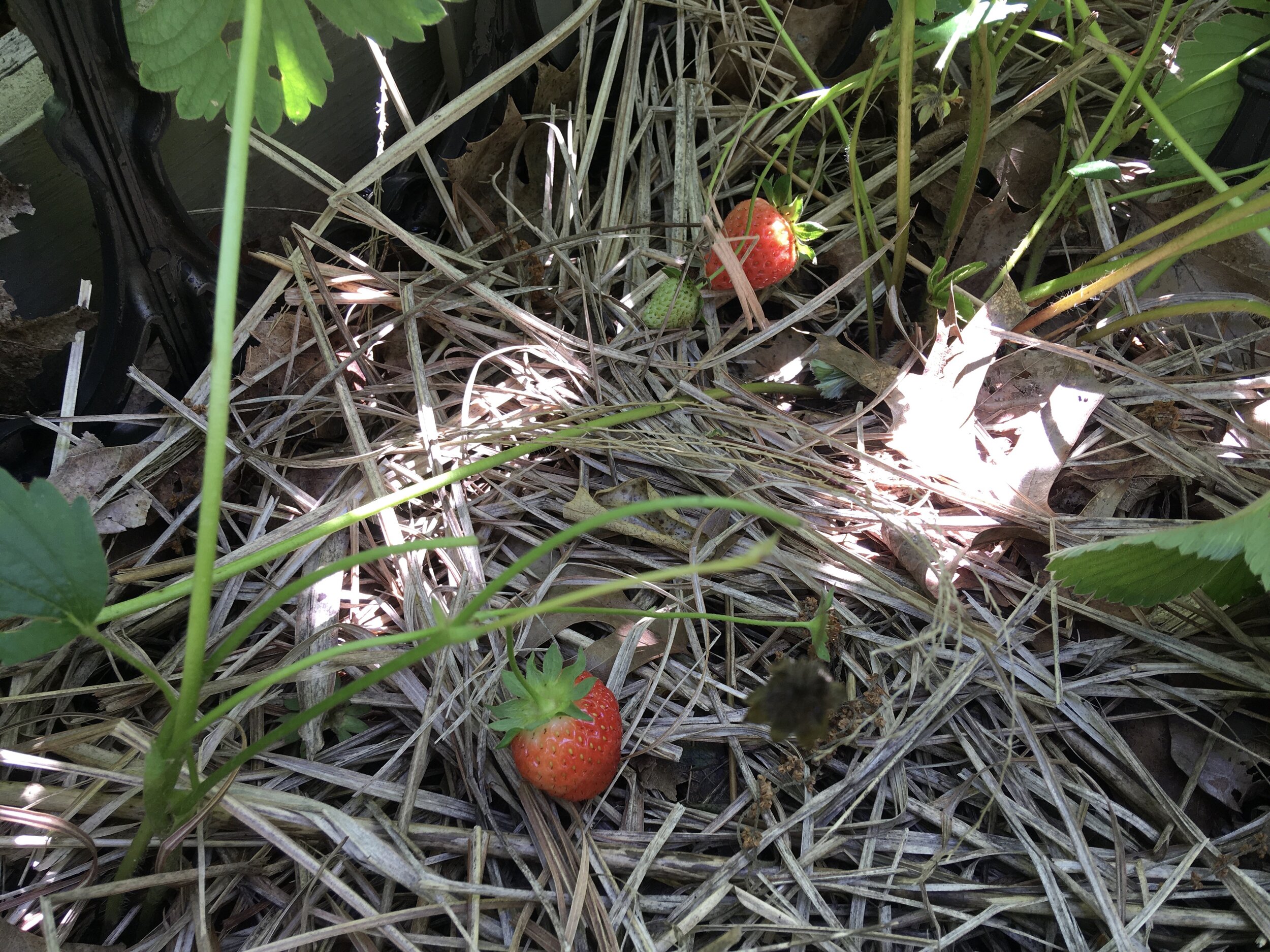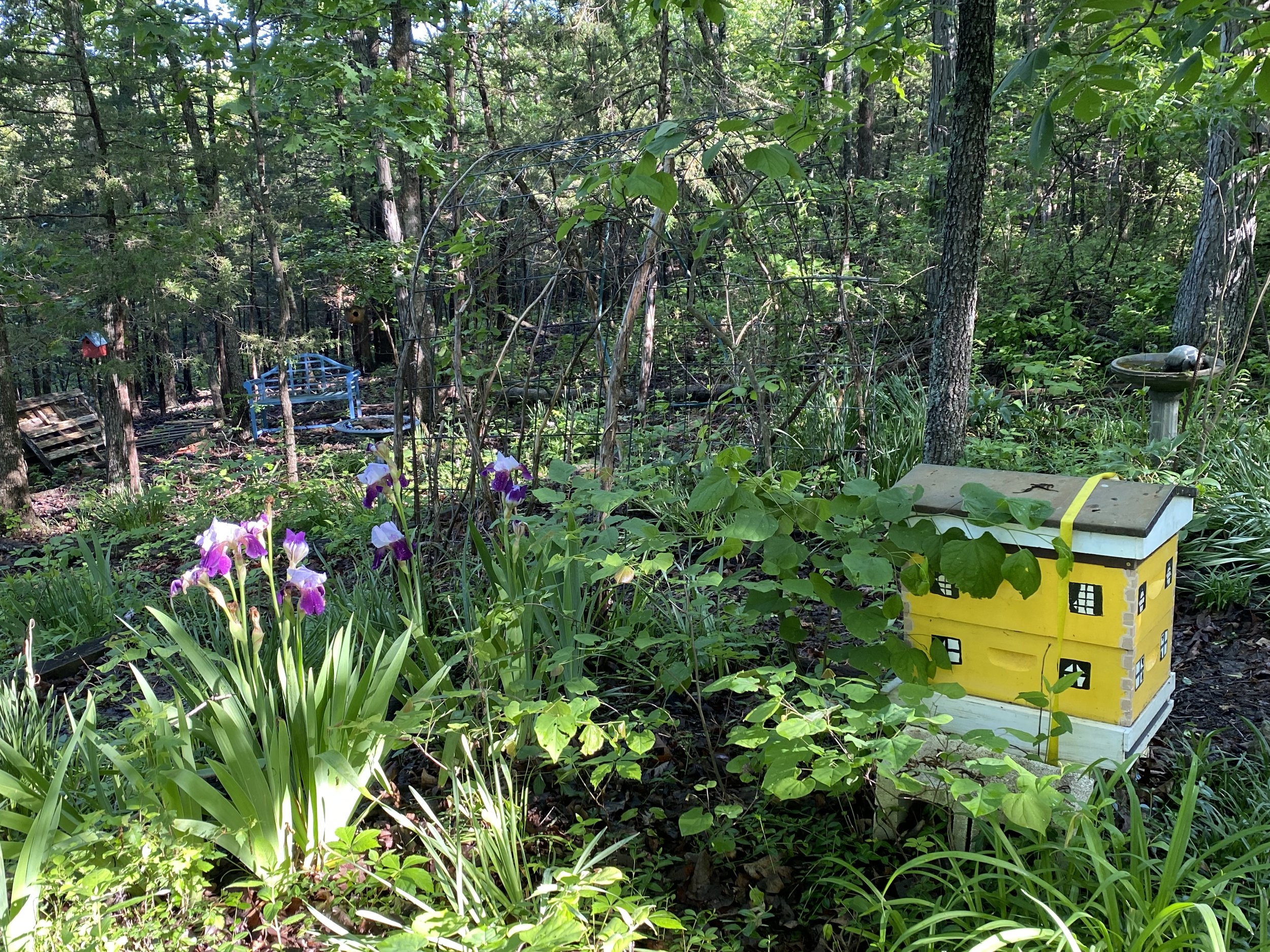Removing Unwanted Pear Trees
/callery pear trees growing along one of the local fraternity houses. (charlotte ekker wiggins photo)
Removing Unwanted Pear Trees
End of March, emails and texts start coming in asking about the identify of “lovely, white-blooming” trees dotting US parks, city streets and highway exits. Some even misidentify the pretty trees, confusing them with Cadbury easter eggs.
First, let’s correctly identify these trees since similar-looking ones bloom the same time. If there is a sweet smell to the tree, it could be plums, nectarines, peaches and pears. If it smells foul then you’re on the right root stock.
Bradbury pears Pyrus calleryana, also called “Cadbury” pears or callery pears, are native to Asia. The species is named for a French missionary, Joseph Callery, who first collected the tree in 1858. As with all pears, Callery pears belong to the rose family, Rosaceae. Unlike many family members, Callery pears showed good resistance to bacterial fireblight, which made them a popular landscaping tree for many decades.
Since their establishment in the US, they’ve gone rogue, taking over abandoned lots and hillsides. Many states have eradication programs. Missouri is offering a free native tree seedling in exchange for a photo of the removed Callery pear tree.
Here are some effective steps to eliminate it:
1. Identification & Education
Inform neighbors, local governments, and landowners about the issues with Callery pear.
Recognize its characteristics: upright growth, white flowers in early spring, foul odor, weak branch structure, and glossy leaves that turn red or purple in fall.
2. Physical Removal
Cutting & Stump Treatment:
Cut trees down before they produce fruit (spring to early summer).
Immediately apply herbicide to the freshly cut stump (glyphosate or triclopyr work best) to prevent resprouting.
Girdling:
If cutting isn’t an option, remove a ring of bark around the base of the tree to disrupt nutrient flow and kill it slowly.
3. Seedling Control
Mow or pull small saplings before they develop strong roots.
Monitor areas where mature trees were removed to catch new growth.
4. Herbicide Treatment for Larger Stands
If an area is overrun with Callery pears, foliar herbicide applications in late summer to early fall can be effective. Always follow local guidelines to minimize impact on native plants.
5. Replacement with Native Species
Encourage planting of native trees that provide similar benefits without the invasiveness, such as:
Serviceberry (Amelanchier spp.)
Eastern Redbud (Cercis canadensis)
Flowering Dogwood (Cornus florida)
Hawthorn (Crataegus spp.)
6. Graph Other Desirable Trees
If you have one or two trees to remove, consider grafting a more desirable tree on the root stock.
7. Legislative & Community Action
Advocate for bans or restrictions on selling Callery pears. Some states, like Ohio and Pennsylvania, have already banned them.
Organize community removal events with incentives for planting native alternatives.
Missouri’s Invasive Plant Council offers a callery pear buy back program replacing callery pears with native tree seedlings.
For more weekly gardening, beekeeping, cooking and easy home decor tips, subscribe to Garden Notes.

